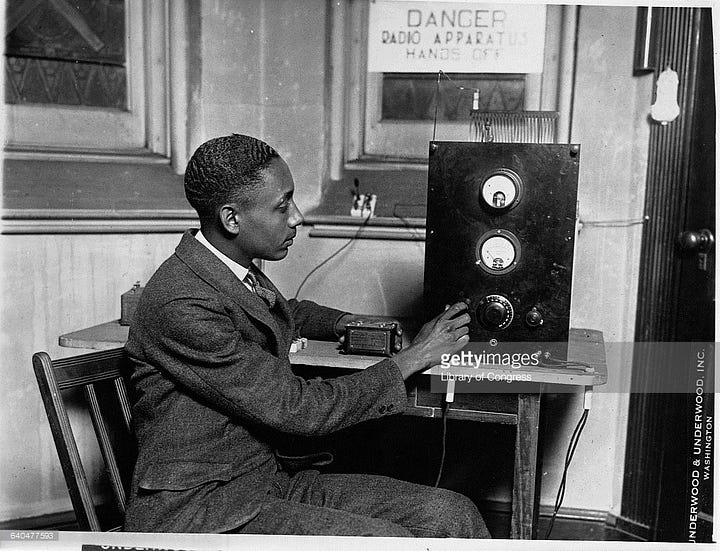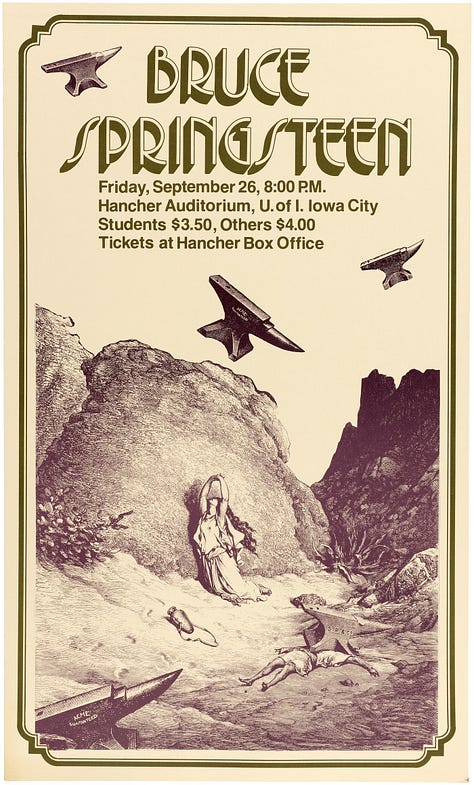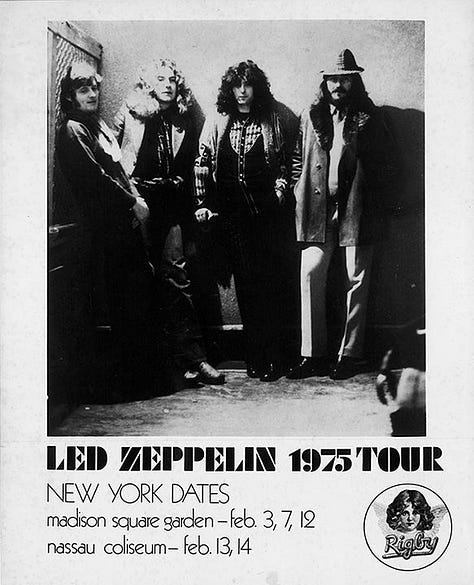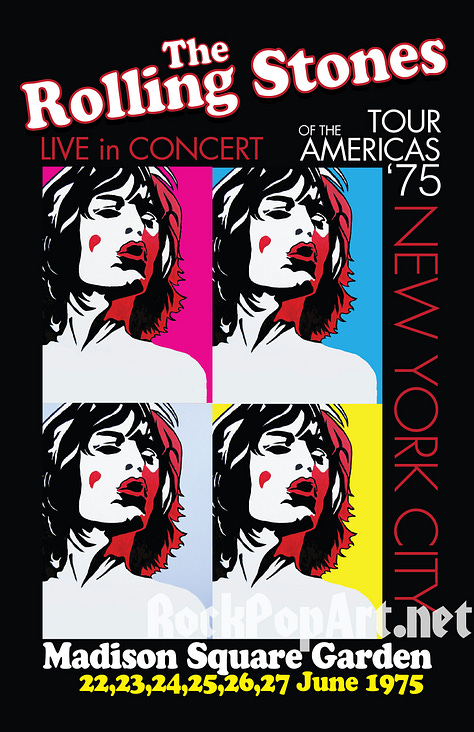In 1975 I Was 10 And I Thought This Was The Coolest Music In The World
Turns Out I Was Right. Also, Taylor Swift, Arena Rock, and The Black Panther
Author’s Note: This is an edited and supplemented version of an essay originally published August 23, 2023.
1970s funk (Parliament’s “Funkadelic”) and arena rock ("big hair, big voices, and really big guitars”) lived together in the 70s and influenced decades of music.
Much of my lifetime love for music came from that decade and the influence of my father and brother who, although not musicians, had impeccable musical taste (I’ll deny it if anyone repeats that).
In 1975, I was riding around the suburbs of Kansas City in my big brother’s 1973 orange Oldsmobile Omega (above) listening to Parliament’s “P-Funk” (below) through an overpowered, aftermarket car stereo.
Although structured like a rock song P-Funk’s verses are spoken rather sung, an “Ur-hip-hop” climbing from the tidal pool. Each phrase lands hard on the first beat, a funk rhythmic feature explained here.
Although “P-Funk” was being broadcast by Kansas City radio station KPRS at 103.3 megahertz, a frequency immediately adjacent to that of the local white “arena rock” radio station KYYS (102.1), to my 10-year-old ears it sounded other-worldly and exotic.


I had no way of knowing it, but this heady mélange of psychedelia, jazz, spoken word and rock was Afro-Futurism, a burgeoning political identify movement that broadly included elements of music, film, and the arts (the first Black Panther comic was released in 1966, above.)


Black Radio Stations
Musicians have generally displayed open contempt for ludicrous racial hierarchy. The same cannot be said for the music business, however, and radio stations in the 1970s were highly segregated.
Rock fans listened to “white” radio stations like KC’s KY 102 that typically played hits by white artists, creating a de facto segregated space for Boston, Journey, REO Speedwagon, and the burgeoning arena rock movement.
Programming on the “black” radio stations which proliferated across the country was more progressive and experimental. Most cities featured a black-owned FM station (often with a gospel AM analogue), and one of the best was in my hometown of Kansas City, KPRS 103.3 FM.
Sadly, the consolidation of media outlets following the passage of the 1996 Telecommunications Act (90% of all radio stations in the top 500 markets are owned by three companies: iHeart Media, Inc., Audacy (formerly Entercom), and Cumulus Media Holdings) killed most commercial black radio stations just as it turned the rest of the FM airwaves into pablum.
We Gen Xers witnessed the transition from artist-driven analog to corporate-dictated digital and, sadly, became the last generation to be able to move between diverse, analog musical ecosystems with the twist of a radio knob.
Arena Rock



1975 was a heady year in rock music. “Born to Run” was released and Springsteen, Led Zeppelin, and the Stones were on world tours. Rock became mass spectacle and the largest public spaces in the world were filled with stoned, horny teenagers having the time of their lives.
When they (eventually) made it home, the kids in the audience got guitars and created “arena rock,” seeking to create that bacchanalic energy.
The REO Speedwagon performance (below) demonstrates the 1970s “arena rock” experience well; it was shot May 13, 1978, at Kemper Arena in Kansas City (note drummer Alan Gratzer’s KC Kings jersey) where I was born and raised.
I remember that concert. My older brother was allowed to go but at 12 years old I was judged too young to accompany him. My parents were (quite correctly) concerned there would be prodigious drug and alcohol use.
My first arena concert experience took place three years later, March 17, 1981, at Kemper Arena when Styx was touring behind its “Paradise Theater” album. The entire show has been memorialized here.
I recall the evening as a thrilling, life-changing experience; the intervening 40 years gives me a slightly different perspective. As a trained musician and music critic I now hear the formulaic song structure and wince at the pedestrian lyrics that once held profound meaning.
Given the palpable joy I saw in the audience during 2023’s monumental “Eras” tour, Taylor Swift fans recreated that arena rock experience without the clouds of marijuana-tinged body odor and undercurrent of sexual violence.
I don’t know for sure. I couldn’t get a ticket.
Funk and arena rock left their DNA in disco, punk, pop, and heavy metal. To illustrate, listen to The Red Hot Chili Peppers’ rocker “Dani California” (2006) and notice how Anthony Kiedis speak-sings and Flea’s bass lands hard on the first beat. If that doesn’t convince you that 70s funk lives on in rock, watch at 1:00 as the band dresses up in Parliament’s Funkadelic wardrobe.
As for me, I seek healing at WE-FUNK. And — if it wouldn’t be too much trouble — could you make my funk the P-Funk?






Wait. Didn't you drive beige nova?